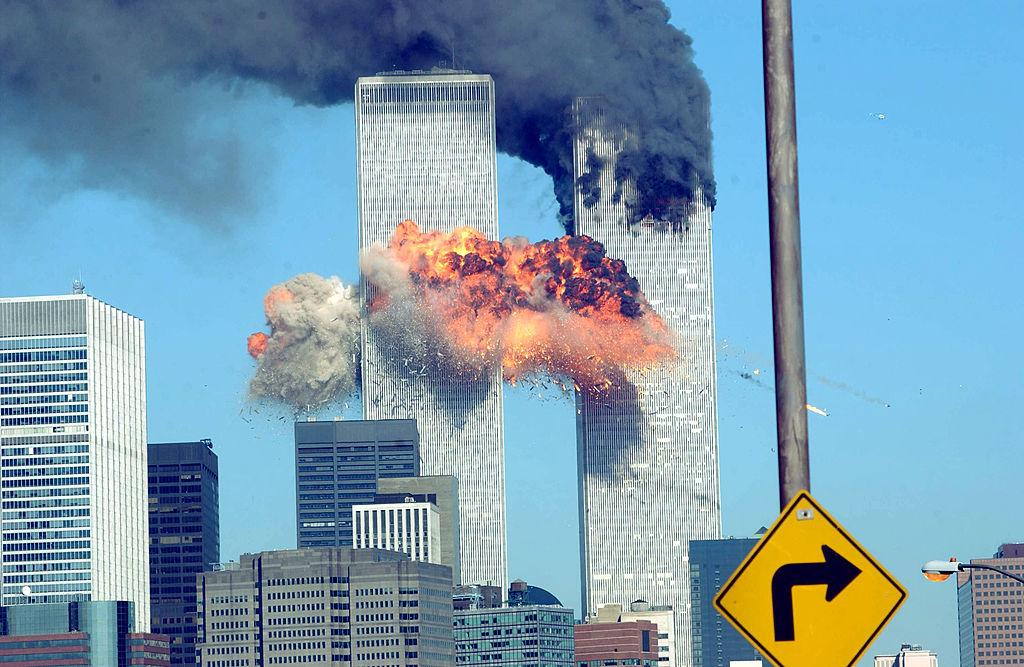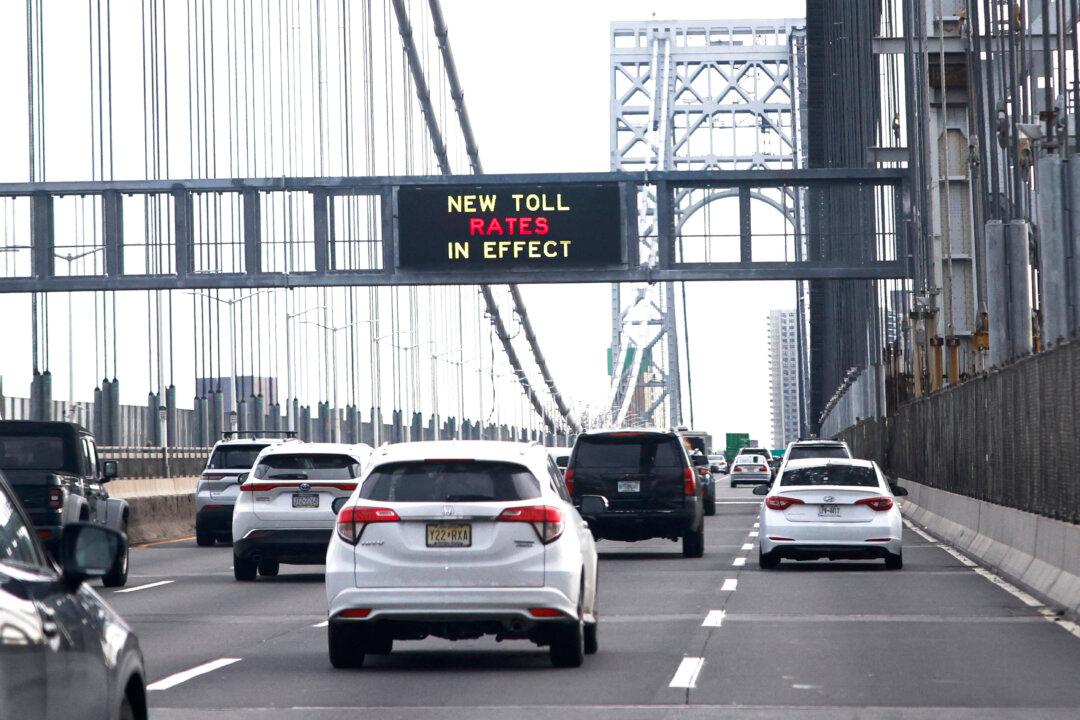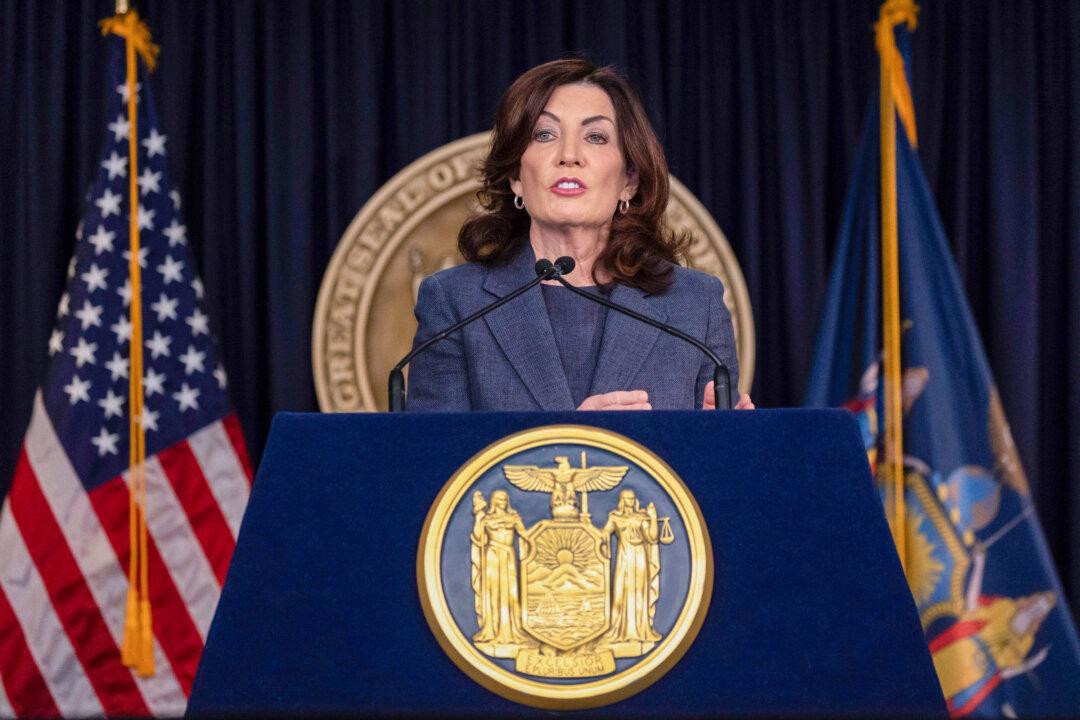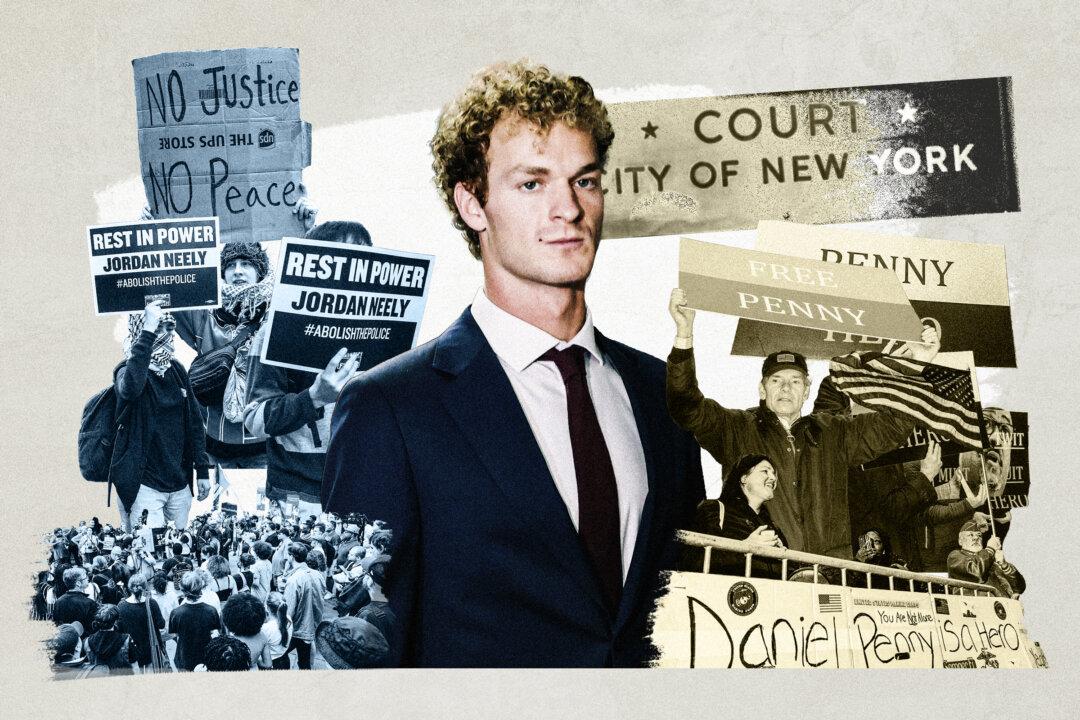NEW YORK CITY—Laura Rosen, an artist, photographer, and author with a lifelong interest in New York City’s buildings, bridges, tunnels, and landmarks, and the infinite variety of its architecture, witnessed firsthand the most devastating event ever to befall the Manhattan skyline, on Sept. 11, 2001.
For Rosen, as for so many others, it started like an ordinary late summer day, with no hint of anything the least bit unusual.





